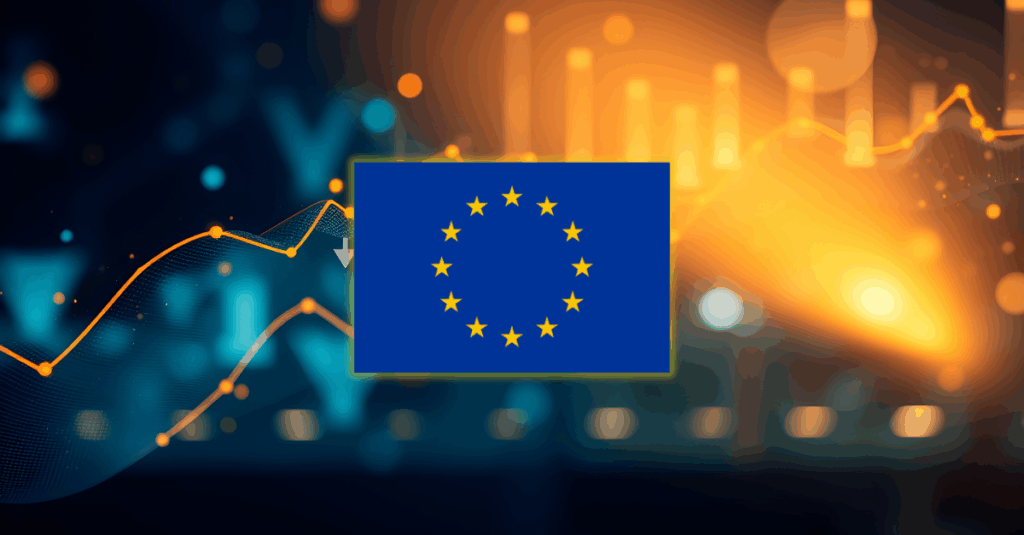What gets measured gets managed: How the OECD and European Commission quantify AI investment

Artificial intelligence is everywhere, but the extent to which companies and governments invest in AI remains elusive.
Despite frequent headlines, political speeches, and corporate press releases touting major AI funding commitments, these figures often lack transparency, consistency, and independent verification.
A bridge over the fundamental data gap
Beneath the noise lies a core problem. Until now, there has been limited progress toward a standardised, transparent approach to measuring what qualifies as AI investment.
On 26 September 2025, the OECD and the European Commission released Advancing the measurement of investments in artificial intelligence, a harmonised measurement framework to quantify AI spending across the European Union (EU) and benchmark it against leading economies, such as the United States, the United Kingdom, Canada, and Japan.
>> REPORT: Advancing the measurement of investments in artificial intelligence <<
A broad view of AI investment
AI is a general-purpose technology, much like electricity or the internet, whose impact extends far beyond software development. Accordingly, the report defines AI investment broadly, encompassing research and development (R&D) as well as complementary assets such as skills, data infrastructure, computing hardware, and organisational capital.
To estimate AI investment, the methodology applies a two-step approach (Figure 1) designed to isolate genuine AI-related spending from broader ICT or R&D expenditures. It combines:
- Macroeconomic data from sources like Eurostat and the EUKLEMS & INTANProd databases.
- AI intensity coefficients, derived from patent data and education statistics, to identify what share of these investments can reasonably be attributed to AI.
Figure 1. The two-step approach to estimate AI investments

How much and how is the EU investing in AI?
The European Union Coordinated Plan on Artificial Intelligence, launched in 2018 and revised in 2021, set a target of EUR 20 billion annual AI investment in the EU by 2030.
Based on the report’s estimates, this target was largely met in 2023, the most recent year for which estimates are available. Total AI investment across the EU27 reached approximately EUR 257 billion, depending on the assumptions used (ranging from EUR 220 to EUR 294 billion).
Key insights reveal that:
- Private investment dominates, making up 73% of total AI spending (Figure 2).
- Skills development is the largest investment area (41%), followed by data and equipment (37%), R&D (13%), and other intellectual property products (9%).
- Germany, France, and the Netherlands lead in overall investment, particularly in AI skills and infrastructure, with Ireland emerging as the top investor when looking at per capita investment (Figure 3).
- Following modest growth up to 2019, the post-2019 era marked a significant acceleration in AI investments across all categories, particularly in software and development, as well as AI-enabling infrastructure (Figure 4).
Figure 2. Public vs private AI investment by EU Member State

Figure 3. AI investments in the EU Member States by category

Figure 4. EU27 AI investment change between 2019 and 2023

Why accurate measurement matters for policy
The ability to measure AI investment accurately is vital for effective policy. Without consistent metrics, it is impossible to evaluate whether national and regional AI strategies are translating into tangible capital formation.
Today, the European Commission launched its Apply AI Strategy, a dedicated set of measures supporting AI adoption across the continent’s high-impact sectors. A cornerstone of this strategy is a European AI Observatory, a platform that will monitor AI development, impact and trends across sectors.
Crucially, this new framework represents important progress toward standardised measurement of investment in AI. The approach will provide one of the Observatory’s key data sources, offering a baseline for evaluating AI investments across the EU.
The data will provide policymakers and the broader community a much-needed baseline for accountability: are we investing enough in AI, are we investing in the right areas, and how do we compare globally?
As AI continues to permeate all sectors, the old adage applies more than ever: what gets measured gets managed. With this framework, we finally have the tools to start managing AI investment with the rigour it deserves, in the EU and beyond.




































